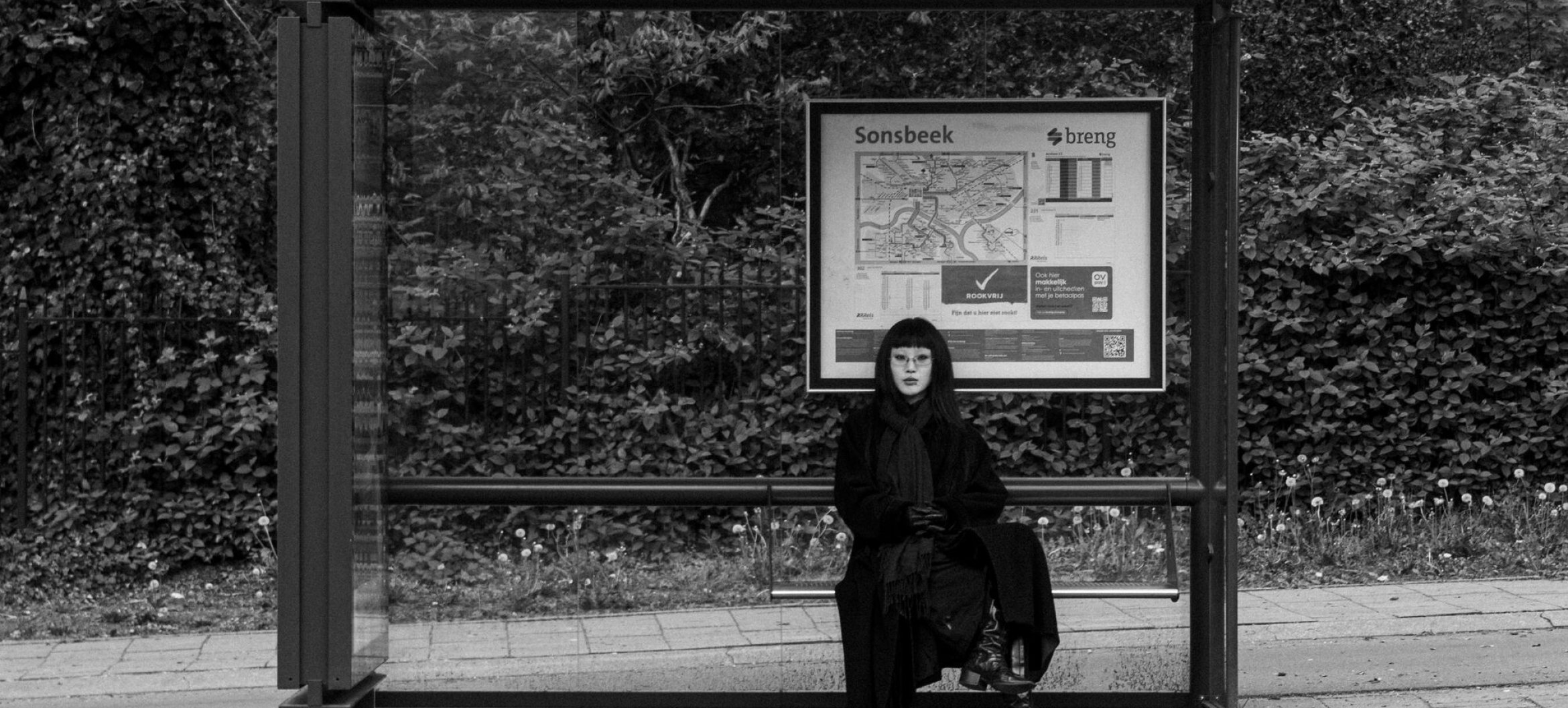Manshee Zheng

I Have Nothing to Hide
2025
Manshee’s work explores the icon as both an aesthetic and ideological construct, unfolding at the intersection of desire, interface, and containment, where images behave less like representations and more like vessels of projection. Her installations stage an invitation into the choreography of discipline: from the sleek appearance of the MacBook folder icon to the flirtatious pose of the Young-Girl, each image scripts behaviour and simulates agency. These forms operate as reference points for a standardised ideal, dressed in minimal design. Her interest orbits around spectacle-driven desire, saturated within a feedback system where visibility becomes a controlled leak of exposure, and transparency masquerades as intimacy. In this space, the interface (whether human, digital, or symbolic) is voluntarily surrendering to the panoptic gaze. She draws from administrative furniture (wardrobes, doors, tables) that manage space, archive function, and suggest access. These are not nostalgic gestures, but extractions. They expose the quiet violence of objects that promise openness while delivering control. She gravitates toward artificial materials that resemble products: mass-produced, semi-anonymous, optimally effective. Ubiquitous yet efficient, they are integrated into daily life, forming the physical and conceptual structure of a time that prioritises look over depth. These materials serve as both testimony and witness to a system that standardises not only objects but perception itself. They operate like icons: legible, accessible, and ultimately replaceable. She adopts the figure of the Young-Girl—who is also herself. In a close reading of her body and mind, she fetishises emotional alienation into a corporate lifestyle brand, promoting something between real and fake. With an observed paradox in this condition: as a subject, she is obsolete; as an icon, she is immortal. There’s a feeling that her visibility carries a certain urgency, perhaps a need to be seen that doesn’t easily disappear. Every clean line is a trace of control. Every generic surface is a site of engineered sensation. She opens a slippage between rejection and seduction, allowing the work to perform what it critiques. Her work doesn’t ask for trust; it anticipates it. The viewer is invited to participate in the act, but the act never completes. The works are encoded in the machinery of their own production, disguised as stages that mirror the viewer’s own register. She calls this a tactical bad joke, one that isn’t quite funny, yet is difficult to stop watching. One that is perpetually haunted by both medium and message. What feels like power is merely a well-dressed response.
Artist statement
Manshee treats the icon as an interface, fetish, and disciplinary script, where images become a rather slippery invitation to participate in the act. Her work choreographs desire as protocol, packaging control in the aesthetics of sterile seduction. Synthetic materials, admin furniture, and the Young-Girl are used as both subject and brand; medium and message. She constructs scenes that serve as what she calls a tactical bad joke: minimal in form, yet haunted—even stigmatised—by the stage that mirrors its register.
This page was last updated on July 8, 2025